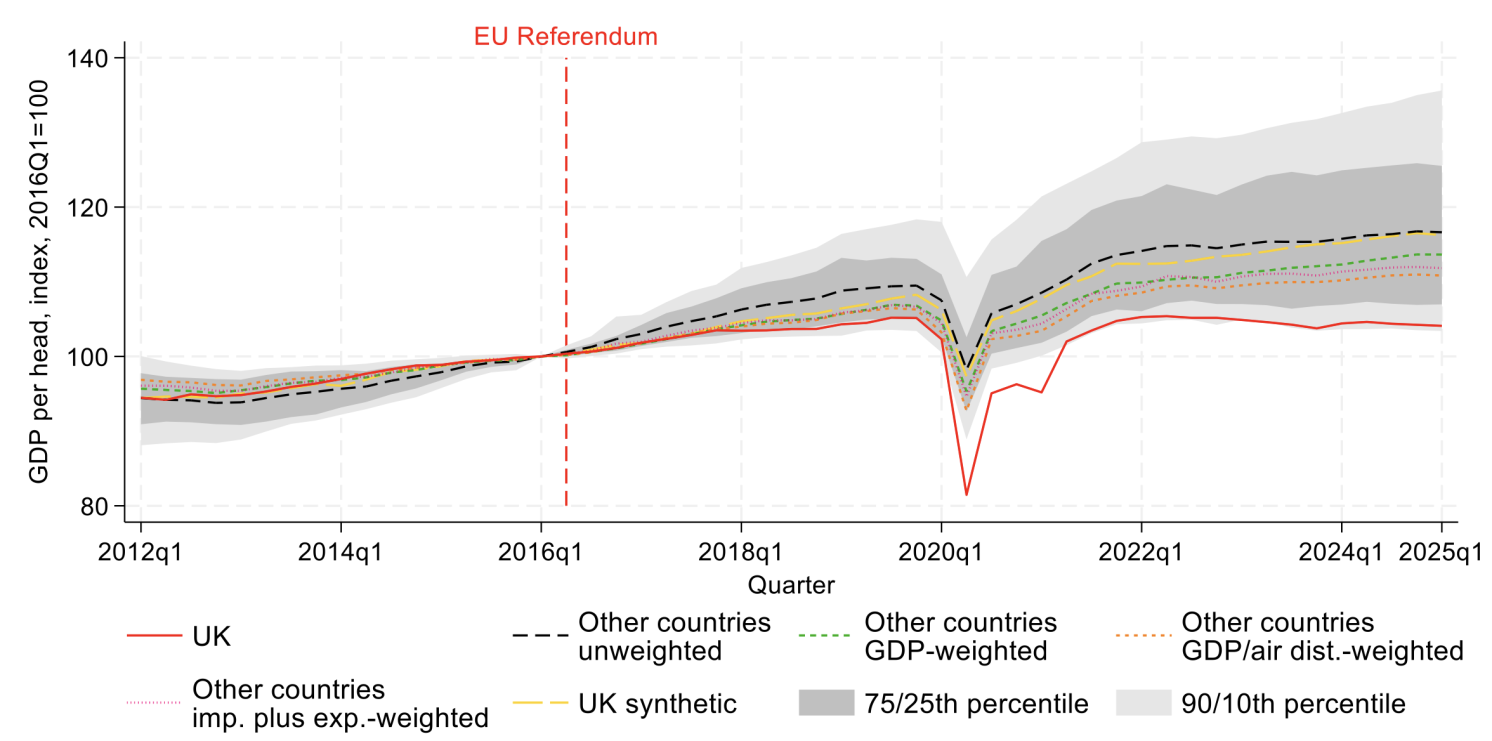Proof of work and proof of stake are the two most popular ways of processing cryptocurrency transactions. While they vary in crucial ways, proof of stake and proof of work are designed to assure users that payments will go through as expected.
Most of the established cryptocurrencies on the market use either proof of work or proof of stake. The most established proof-of-work cryptocurrency is Bitcoin, while the preeminent proof-of-stake asset is Ethereum.
The main difference between proof of work and proof of stake is that proof of stake relies on staking, while proof of work relies on mining. These methods add new “blocks” of transactions to the historical record.
-
Crypto staking involves pledging or locking up some of your cryptocurrency to help vouch for the accuracy of newly added information. In addition, users who participate can earn smaller, more predictable rewards similar to interest payments.
-
Crypto mining requires users to solve complex cryptographical puzzles before they can submit a new block. Successful miners can earn tens of thousands of dollars in rewards, so there is stiff, global competition to be the first to reach a solution.
Proof-of-work basics
Proof of work was the first widely used blockchain consensus mechanism (a term describing how users of a decentralized crypto network agree about who owns what).
Proof of work requires users to mine or complete complex computational puzzles before submitting new transactions to the network. This expenditure of time, computing power and energy is intended to make the cost of fraud higher than the potential rewards of a dishonest action.
Supporters of proof-of-work cryptocurrencies argue that their methods are straightforward and time-tested. For instance, Bitcoin has been working properly 99.99% of the time since 2009, according to one analysis.
However, as proof-of-work cryptocurrencies have become more popular, the difficulty of solving these puzzles has skyrocketed, as has the required computing power.
Personal computers do not have the processing chops to mine Bitcoin and other competitive cryptocurrencies. Instead, miners must generally use purpose-built devices known as ASICs, or application-specific integrated circuits.
Bitcoin alone now uses as much energy as some mid-sized countries, according to a University of Cambridge analysis.
Proof-of-stake basics
Anyone with a small amount of proof-of-stake cryptocurrency can participate in staking. The rewards might be higher for those with a bigger investment, but the roadblocks to getting started are lower than with major proof-of-work cryptocurrencies.
If you own some proof-of-stake cryptocurrency, you can participate in a handful of ways. For example, you can be a validator and collect blocks of transactions to submit to the network. Or you can delegate your cryptocurrency to another validator and share some of their rewards.
And the environmental effect of staking is smaller. Because the ability to submit blocks is based on cryptocurrency holdings, not computing power, it doesn’t require such extensive energy to operate.
For example, when Ethereum converted from proof of work to proof of stake in fall 2022, its developers estimated that it would reduce its energy consumption by more than 99%.
Which is better: Proof of stake or proof of work?
Proof of stake and proof of work each have their place in the crypto world. And though people have been arguing about their relative merits for years, there’s no clear consensus on which is better.
Many of the newer-generation altcoins released after Bitcoin are using proof of stake and have operated with relative stability and lower environmental costs.
But some critics worry that proof of stake could make it relatively easy for people to concentrate power in a field whose adherents praise decentralization as a core value. The more proof-of-stake cryptocurrency you own, the more power you can wield over the system.
Meanwhile, there are risks in concentrated power for proof-of-work cryptocurrencies. For example, if any person or group can control more than 50% of a blockchain’s mining power, they can conceivably rewrite its records or render it useless (this is known as a 51% attack).
However, the consensus mechanism it uses is only one of the many factors you can consider when weighing a cryptocurrency investment. So before deciding, consider asking what a cryptocurrency is designed to do, whether it does that correctly, and whether it’s widely used.






































